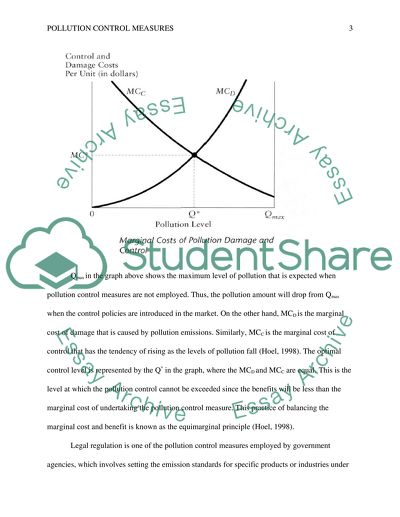Cite this document
(“Pollution Control Measures Essay Example | Topics and Well Written Essays - 1000 words”, n.d.)
Retrieved from https://studentshare.org/macro-microeconomics/1496811-pollution-control-measures
Retrieved from https://studentshare.org/macro-microeconomics/1496811-pollution-control-measures
(Pollution Control Measures Essay Example | Topics and Well Written Essays - 1000 Words)
https://studentshare.org/macro-microeconomics/1496811-pollution-control-measures.
https://studentshare.org/macro-microeconomics/1496811-pollution-control-measures.
“Pollution Control Measures Essay Example | Topics and Well Written Essays - 1000 Words”, n.d. https://studentshare.org/macro-microeconomics/1496811-pollution-control-measures.


